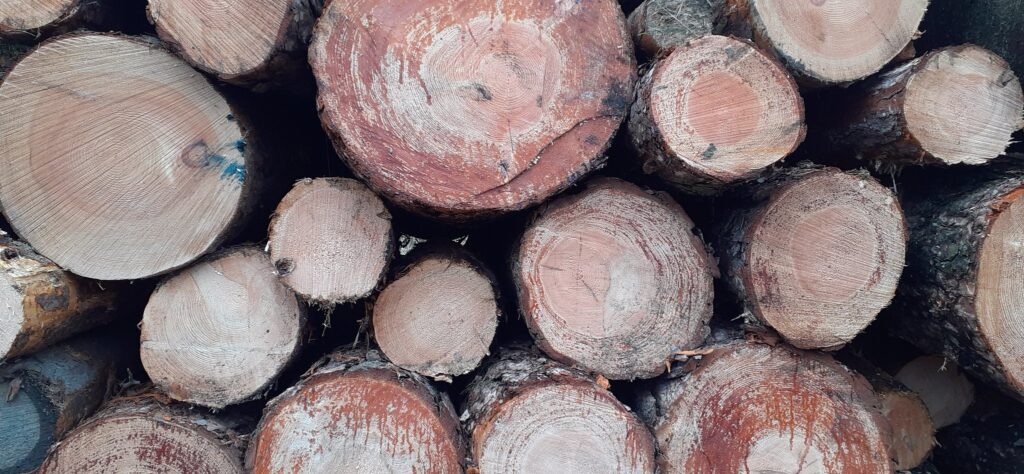
Trees are an exceedingly important carbon sink on our planet. For this reason, deforestation is a major contributor to climate change. But when trees are harvested for wood products like lumber, much of the carbon in that wood continues to be stored. Even when a wood product is discarded at the end of its useful life, it can keep storing carbon.
Over 90% of new single-family homes in the U.S. are built with wood. Each year, about 400,000 homes, apartment buildings, and other housing units are lost to floods and other natural disasters. Others fall apart from decay or are torn down to be replaced with newer structures. Given how much carbon is stored in houses, it is important to understand what the future trajectory of residential structures will be.
A new study by the USDA Forest Service published in the journal PLOS ONE looks at the future of harvested wood products in residential structures. According to the study, wood products in these structures will continue to increase the country’s carbon storage for the next 50 years.
Even after residential structures reach the end of their useful life and much of the materials end up in landfills (which is typical in this country), the wood products do not immediately release their carbon. It may take decades for that to happen.
The study looked at various scenarios for future home construction. Although housing starts are projected to decline in the future, residential housing and the need to maintain existing structures are projected to continue to increase carbon storage in wood products for the next several decades.
The role of trees as a carbon sink does not end when they are harvested for their wood.
**********
Web Links
Carbon Storage in Harvested Wood Products
Photo, posted January 27, 2022, courtesy of Luke McKernan via Flickr.
Earth Wise is a production of WAMC Northeast Public Radio
Leave a Reply